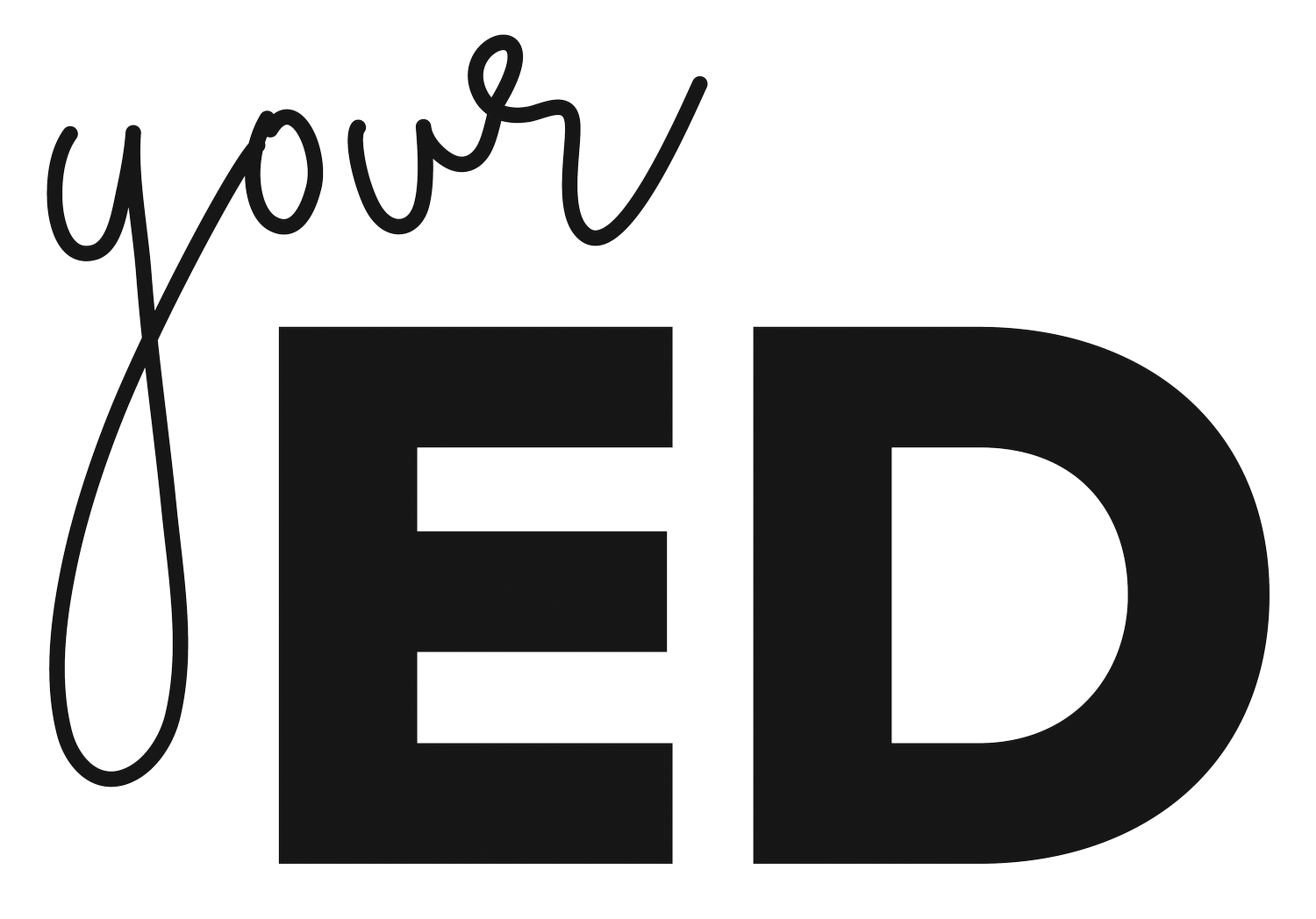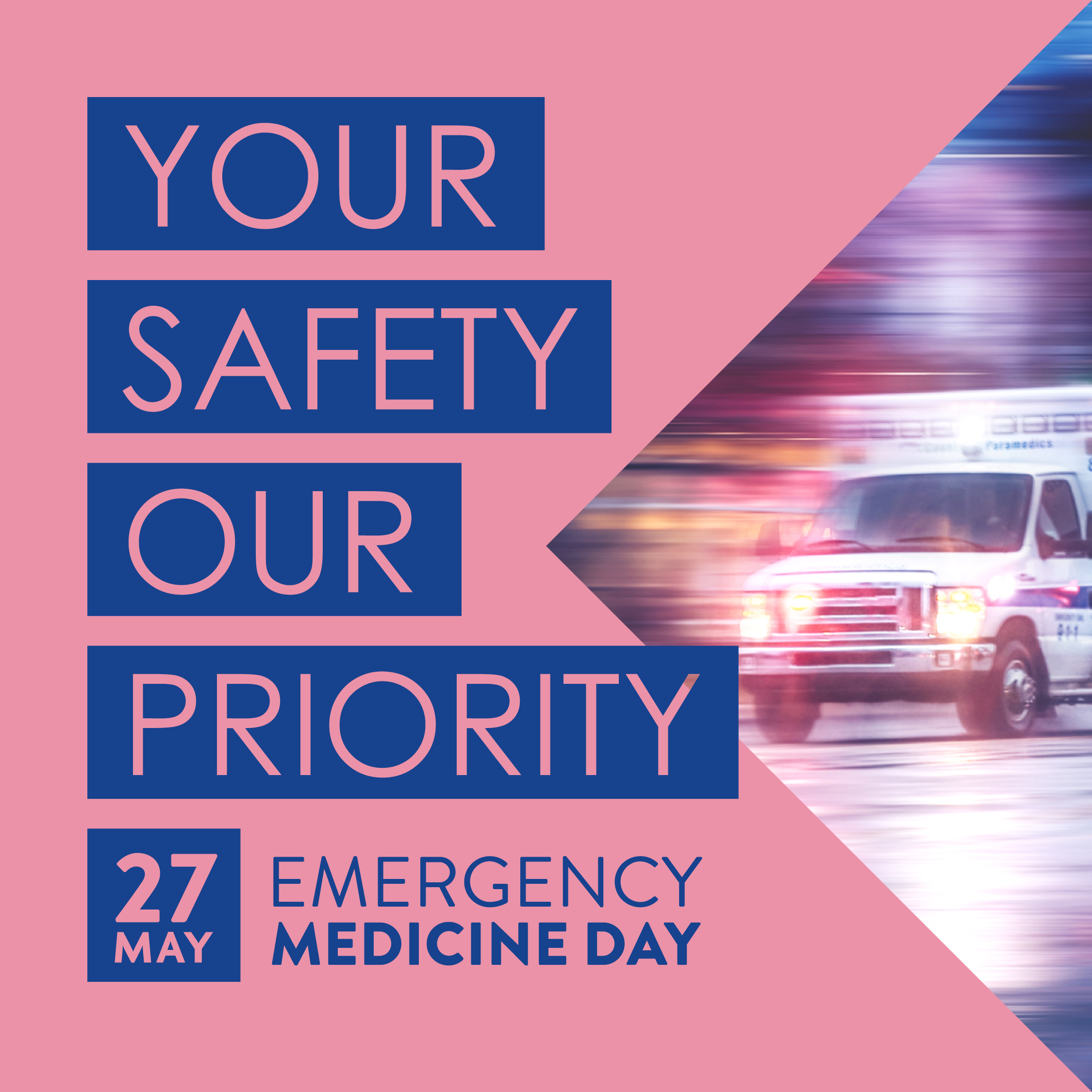Cultural safety requires more than a red, black, and yellow cookie
I'd like to warn those reading that this article discusses the names and circumstances of Indigenous people who've since passed. May they find peace in the Dreamtime.
In May this year, the Office of the Health Ombudsman published Investigation report: Systemic investigation into the health care provided to Miss Sandy at Doomadgee Rural Hospital. It was only eight months prior to Miss Sandy's passing that another young woman passed away from rheumatic heart disease (RHD) at Doomadgee Rural Hospital.
Eight months might seem like a long time when you're used to the critical care units of hospitals in Melbourne, Sydney, or Brisbane, but for a rural hospital in a town of around 1400 people, it's a traumatic experience that lives on in the community who are grieving their loved.
I won't dwell on the report, it has already been written. I acknowledge that no report or inquiry will undo the harm caused to the community of Doomadgee. I think the Office of the Health Ombudsman put it best: “She was very close to her family, and they loved her dearly and needed her. She is greatly missed and mourned by her immediate and extended families and community.”
I cried a lot reading the report. I cried thinking of her family; of the completely preventable loss of a cherished life; of my own community and family.
As a previous Aboriginal Liaison Officer in a large metropolitan hospital, I was always told to keep a wide berth between myself and the emotions of my patients, that their pain and grief was not my own.
It never quite rung true.
The entire purpose of my role within the hospital was to relate to my patients on a level so complex that it could never truly be quantified in a textbook, workshop, diploma – even this article. I brought my entire sense of being and self to work. I brought knowledge from my earlier work and experience, and operated as a “research translator”, but I also brought knowledge that spans millennia and my entire lifetime, albeit maybe a shorter span than some of my peers.
“I brought knowledge of being the only Aboriginal child in my primary school, of having lecturers at my well-respected university expect me to educate my peers on my culture, of the racism I endured at the hands of the ignorant. I brought the strength of my ancestors and those that raised me, I brought the sense of humour of my community, the warm hug of my nan.”
I brought knowledge of being the only Aboriginal child in my primary school, of having lecturers at my well-respected university expect me to educate my peers on my culture, of the racism I endured at the hands of the ignorant. I brought the strength of my ancestors and those that raised me, I brought the sense of humour of my community, the warm hug of my nan. I treated my patients with the cultural knowledge that made them feel safe, heard and seen, that they had someone who could truly understand what it was to be an Aboriginal person in a system that swore it was here to help, but always had this undercurrent of hostility that you just couldn't put your finger on.
I think of my own family a lot in my work. I think of how an Aboriginal Liaison Officer could've made a difference in their care, in their lives. I think about how much someone like me could've supported them and made them feel seen. This is the person I strived to be for every patient I worked with.
Reading the OHO report made me think how many times I'd seen culturally unsafe care in my own experience.
In the case of Miss Sandy, in 2017 a referral letter to Mount Isa Base Hospital had been sent that said: “Non-compliant!!!!! The patient has not taken the medication listed below in OVER 12 months!!!!!!".
This is just a small example of the harmful, unconstructive, and judgmental comments made in Miss Sandy's records. As we know, ignorance and racism are icebergs – what you see is often just a fraction of what lies beneath.
In my work I have seen the charts of non-Indigenous patients whose history said, "No previous drug use" and I wondered why the same doctor would write in my Aboriginal patient’s chart, "Denies previous drug use". I saw consultants who diagnosed patients with grandiose delusions in the context of "believes they are being targeted by police because they are Aboriginal".
I remember arguing with the doctor of a male family member, who insisted he was acting strange in the ICU because he was recovering from surgery. This doctor told me that I was wrong for thinking that my relative was having a transient ischemic attack.
“Poor health in Indigenous communities has never been a moral failing. Instead, it is the continual failing of structural and institutional leadership to listen to us. ”
But he was, in fact, having TIAs. This led to him having a massive ischemic stroke.
He didn't get a CT scan for more than 24 hours after his symptoms were first reported by his wife. The cries for help from an Indigenous woman fell on the deaf ears of those who believed she couldn't possibly know better than them.
Poor health in Indigenous communities has never been a moral failing. Instead, it is the continual failing of structural and institutional leadership to listen to us.
This is a longwinded way of saying that cultural safety and clinical safety are indistinguishable, so why do we continue to ignore this? Racism and ignorance kills. It killed three young Indigenous women in Doomadgee, it has killed over 400 Indigenous people in custody, it could've killed my own family.
Far too often, cultural safety is a 20-minute module clicked through mindlessly while checking the ward lists and dodging the cover pager. How are we expecting people to be able to engage with Indigenous patients critically and safely when they are not given the skills to succeed?
Shown in the case of Miss Sandy, not only do we fail to meet the health literacy needs of patients, but we also fail to give healthcare workers the tools to understand the importance of what's being said to them.
Cultural safety requires a real, personal commitment. It requires more than some modules and a red, black, and yellow cookie during NAIDOC Week. Cultural safety must be embedded at all levels of healthcare, at every level of a physician’s practice. Cultural safety is no longer a pretty sticker to embellish a CV, it's at the core of being a health practitioner in Australia.
In 2023, the Australian Health Practitioner Regulation Agency (AHPRA) outlined the way forward – the development of a culturally safe and respectful health workforce that is responsive to Indigenous peoples and their health and contributes to the elimination of racism in the provision of health services. To ensure culturally safe and respectful care, all health practitioners must acknowledge colonisation and systemic racism, address their own biases and prejudices, and support the rights and dignity of Aboriginal and Torres Strait Islander people and colleagues.
“Cultural safety requires a real, personal commitment. It requires more than some modules and a red, black, and yellow cookie during NAIDOC Week. Cultural safety must be embedded at all levels of healthcare, at every level of a physicians practice. Cultural safety is no longer a pretty sticker to embellish a CV, it’s at the core of being a health practitioner in Australia.”
I don't hold all the answers, but I'm committed to empowering a better future for our communities. For the past two years, I've been honoured to be part of the Wurru Wurru Health Unit at Melbourne Medical School, committed to designing and delivering a robust Indigenous health curriculum to future doctors.
I'm always proud to sit in front of a class of students who are eager to learn and do right by Indigenous patients. I'm glad they are given a well-rounded education that was denied to so many by the racist curriculum of the past, and unfortunately the present.
I tell them that while they might not always be able to speak up against racism, that as a student and future doctor, there will always be someone higher up in the food chain, they always have control over the standards they set for themselves and their care. That they should always approach every patient with kindness and culturally informed care, that their notes should never reflect the ignorance and loaded language shown above, and that they have the responsibility of driving culturally safe, anti-racist care wherever they may work.
I look forward to working with these future doctors, to watching them grow and lead change. I look forward to a future where Indigenous peoples and their families feel safe in these colonial spaces, that families don't have to rely on their own "Gabby" to get the help that they need when their loved one is in hospital.
I look forward to a future where there are no coroners’ reports published listing racism as a contributing factor of death.
I look forward to a system where no other communities need to know the loss and grief of Doomadgee and the loved ones of Miss Sandy.





